Lecture I – BUILT ECOLOGIES – 12 July 2017, 10:00-11:15 am, at 109
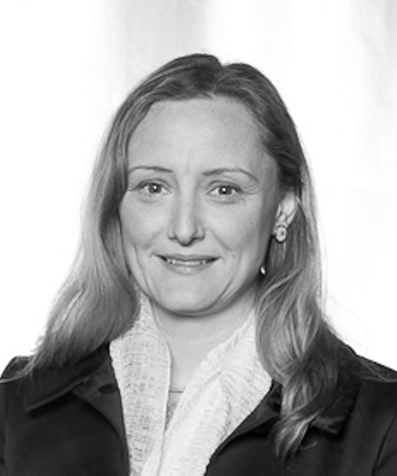
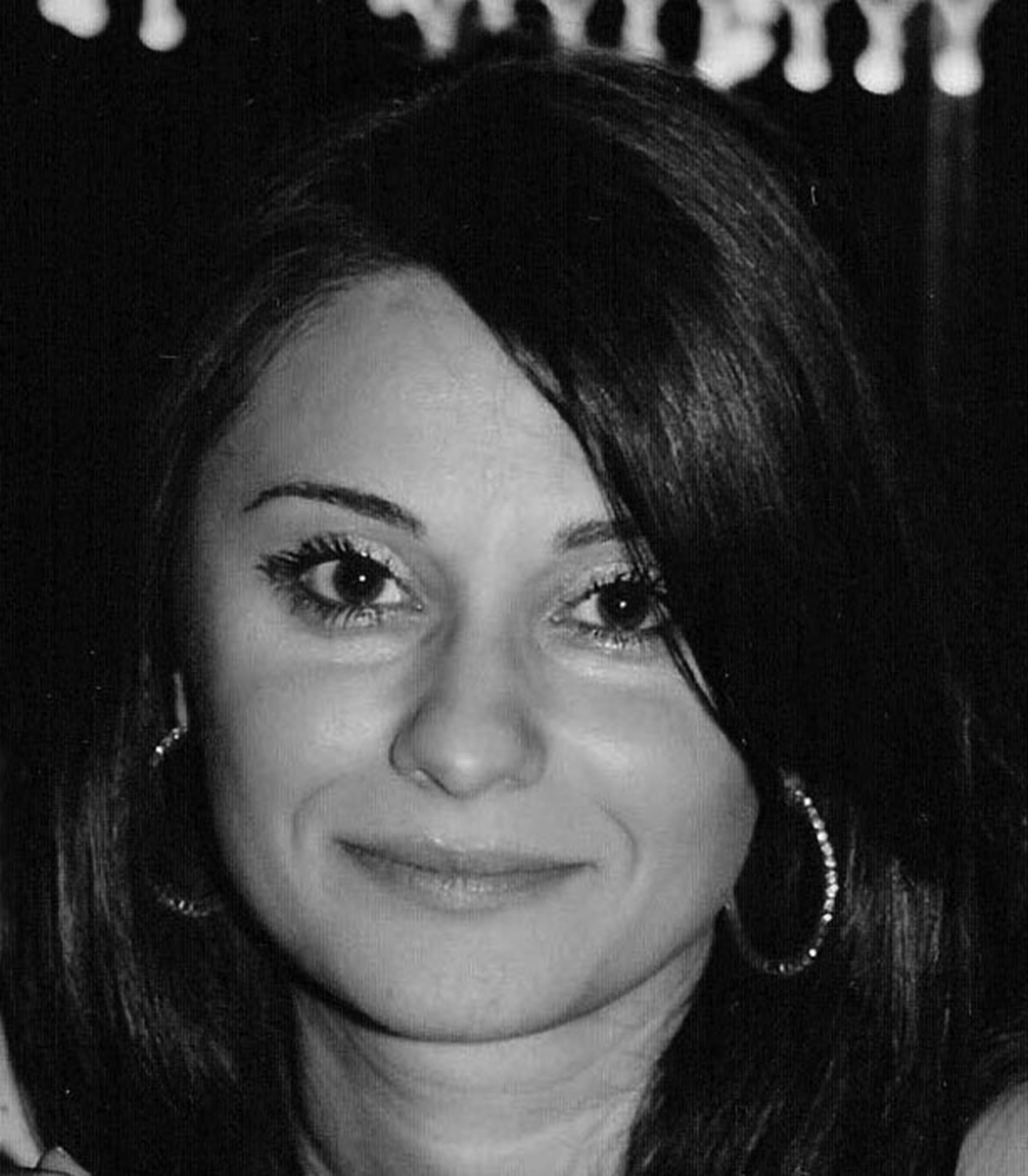
Anna Dyson & Ahu Aydogan Akseli
Anna Dyson teaches design, technology, and theory at the School of Architecture at Rensselaer. She is the founding Director of CASE (2007-present) which hosts the Graduate Program in Architectural Sciences / Built Ecologies. CASE is committed to bridging diverse worlds by proposing a new collaborative model for building research that unites interdisciplinary academic research with building and development practices. The consortium attempts to achieve this collaborative model without the schism that has typically divorced building science pursuits from the aesthetic, social and conceptual aspirations of architectural design inquiry. Anna has been recognized with multiple awards for her designs and innovations, and her work has been exhibited internationally at venues including the Museum of Modern Art (MoMA), The World Future Energy Summit (WFES), The Center for Architecture and the Postmasters Gallery. Dyson holds multiple international patents for building systems inventions and is currently directing interdisciplinary research funded by the National Science Foundation (NSF), the U.S. Department of Energy (DOE), the New York State Energy Research and Development Authority (NYSERDA), and the New York State Foundation for Science, Technology and Innovation (NYSTAR) to develop new building systems that integrate advances in science and technology from diverse research fields.
Director, Center for Architecture Science and Ecology, Rensselaer Polytechnic Institute & Skidmore, Owings & Merrill, LLP.
Professor, School of Architecture, Rensselaer Polytechnic Institute.
Ahu Aydogan Akseli is an architectural designer and researcher focused on the development of a plant-based dynamic filtration system to clean indoor air and reduce energy consumption profile of buildings. As Assistant Professor at the Spitzer School of Architecture, CCNY she teaches construction technology courses with an emphasis on the integration of environmental feedback loops into design processes. Aydogan Akseli conducted design research as a HASS Fellow at Rensselaer Polytechnic Institute Center for Architecture Science and Ecology (CASE), where she received her Ph.D. in Architectural Sciences in 2012. She has practiced with CASE and Skidmore, Owings, & Merrill on the design of international projects that integrate next-generation building technologies. Her current research facilitates the interdisciplinary design of sustainable systems and technologies for integration within the built environment. Akseli earned her master’s degrees both in engineering management and architecture from Izmir Institute of Technology in 2005. Her background addressed the complexity involved in the management of design problems.
Lecture II – COMPLEX MODELLING – 13 July 2017, 10:00-11:15 am, at 109

Martin Tamke
Martin Tamke is Associate Professor at the Centre for Information Technology and Architecture (CITA) in Copenhagen. He is pursuing a design led research in the interface and implications of computational design and its materialization. He joined the newly founded research centre CITA in 2006 and shaped its design based research practice. Projects on new design and fabrication tools for wood and composite production led to a series of digitally fabricated demonstrators that explore an architectural practice engaged with bespoke materials and behaviour. The latest research focuses on design modelling strategies, which are enabled through feedback from environment and process. His current work is characterised by strong links to computer science, with a focus on Machine Learning and Point Clouds, engineering, with a focus on simulation and ultralight hybrid structures, and material science, with a focus on bespoke cnc knit. The research connects academic and industrial partners from architecture and engineering, computer and material science and the crafts. Currently he is involved in the Danish funded 4 year Complex Modelling research project and the adapt-r and InnoChain PhD research networks.
abstract
The building profession is in a radical shift of paradigm from architectural representations of unconnected data to practices with an overwhelming amount of information rich data.
These emerge as professionals are increasingly engaging in their models with data from external sources and collaborators, such as urban, climate or 3D scanning data, as they create data internally within the practice or project by means of scripting, simulation or sensing. At the same time methods and tools are missing to implement this data in a productive way into design processes. Introducing the term Complex Modelling the lecture will present computational design approaches and projects, which support feedback between different scales of design engagement moving from material design, across design, simulation and analysis to specification and fabrication.
project files
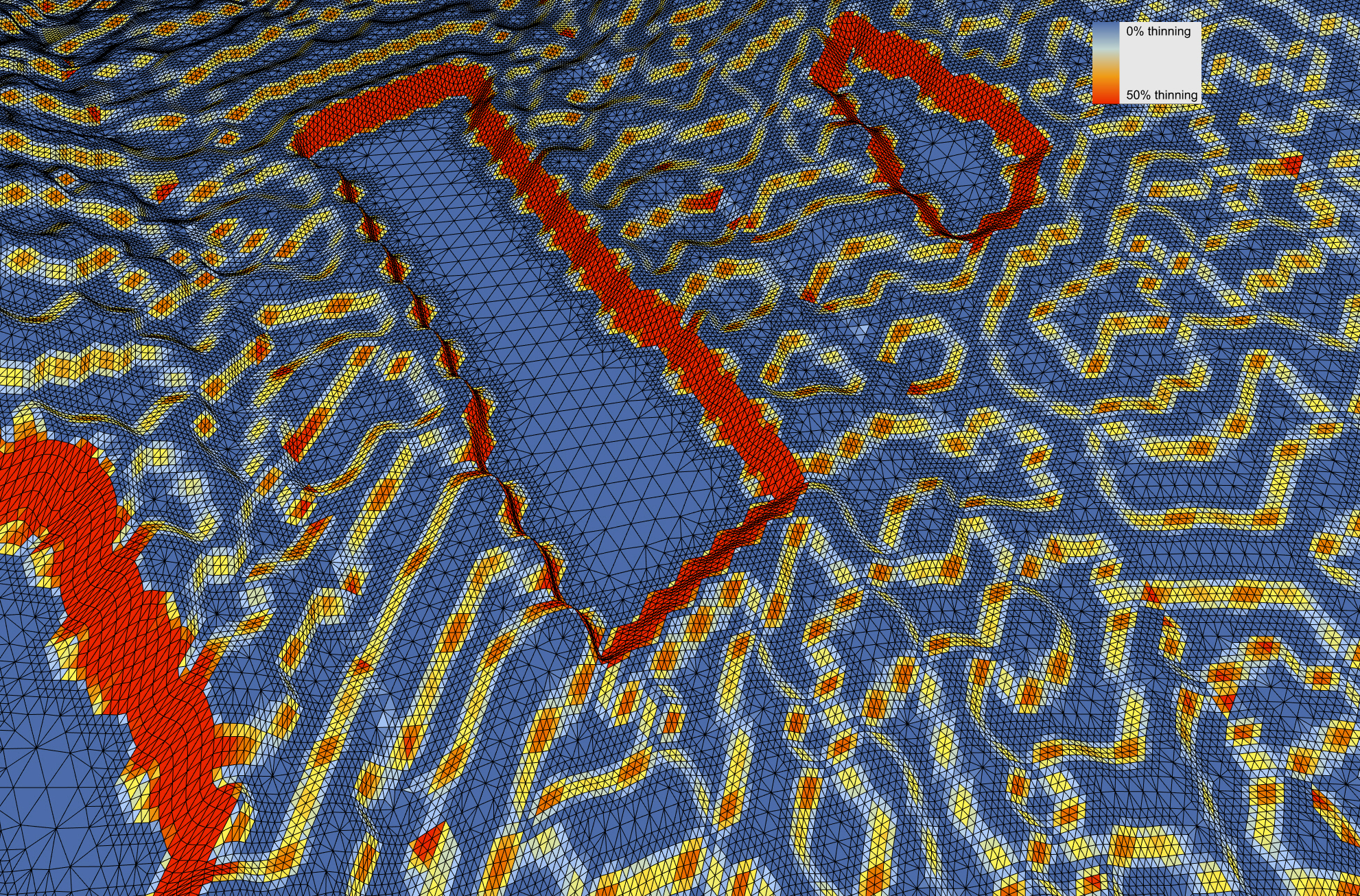

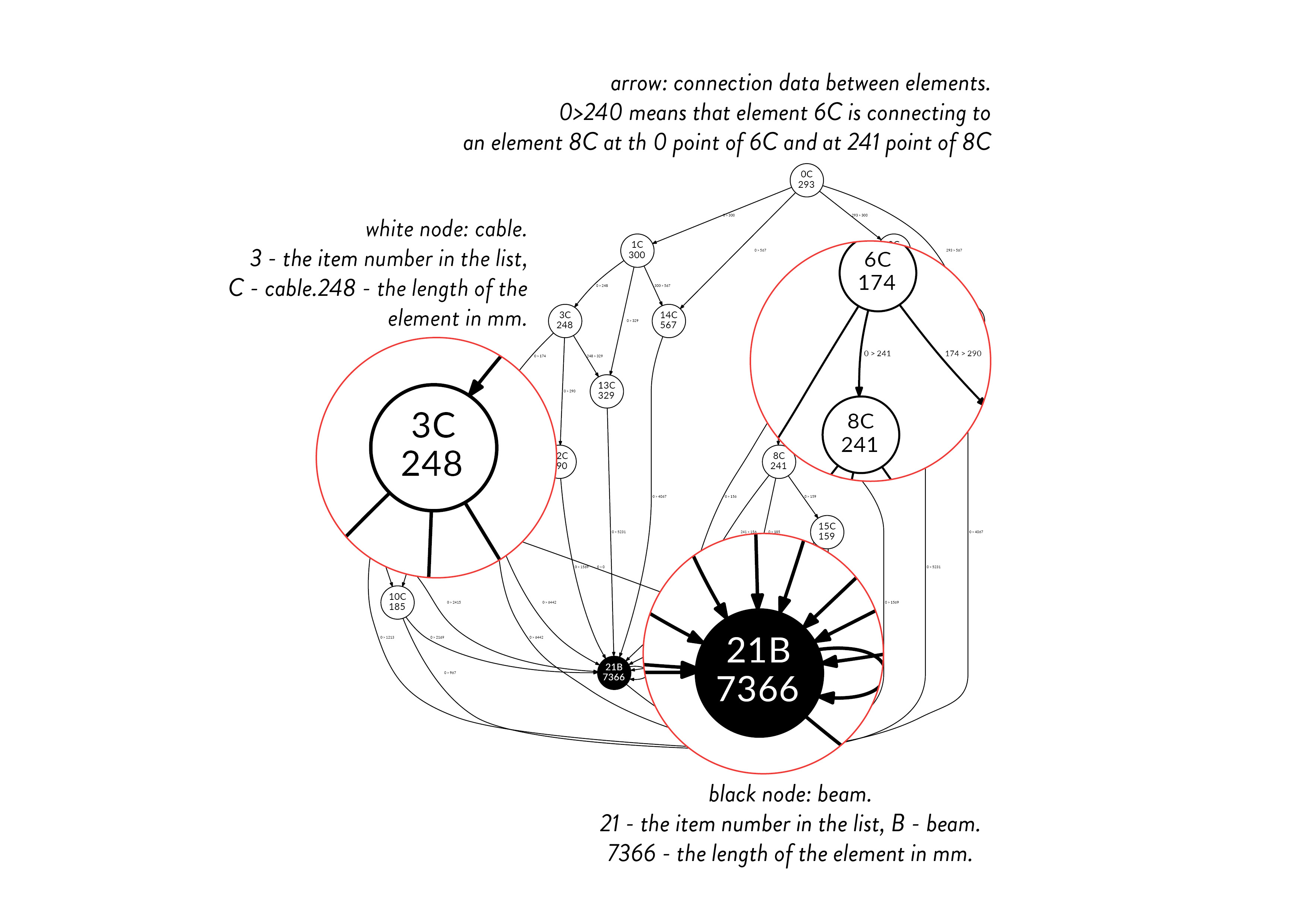
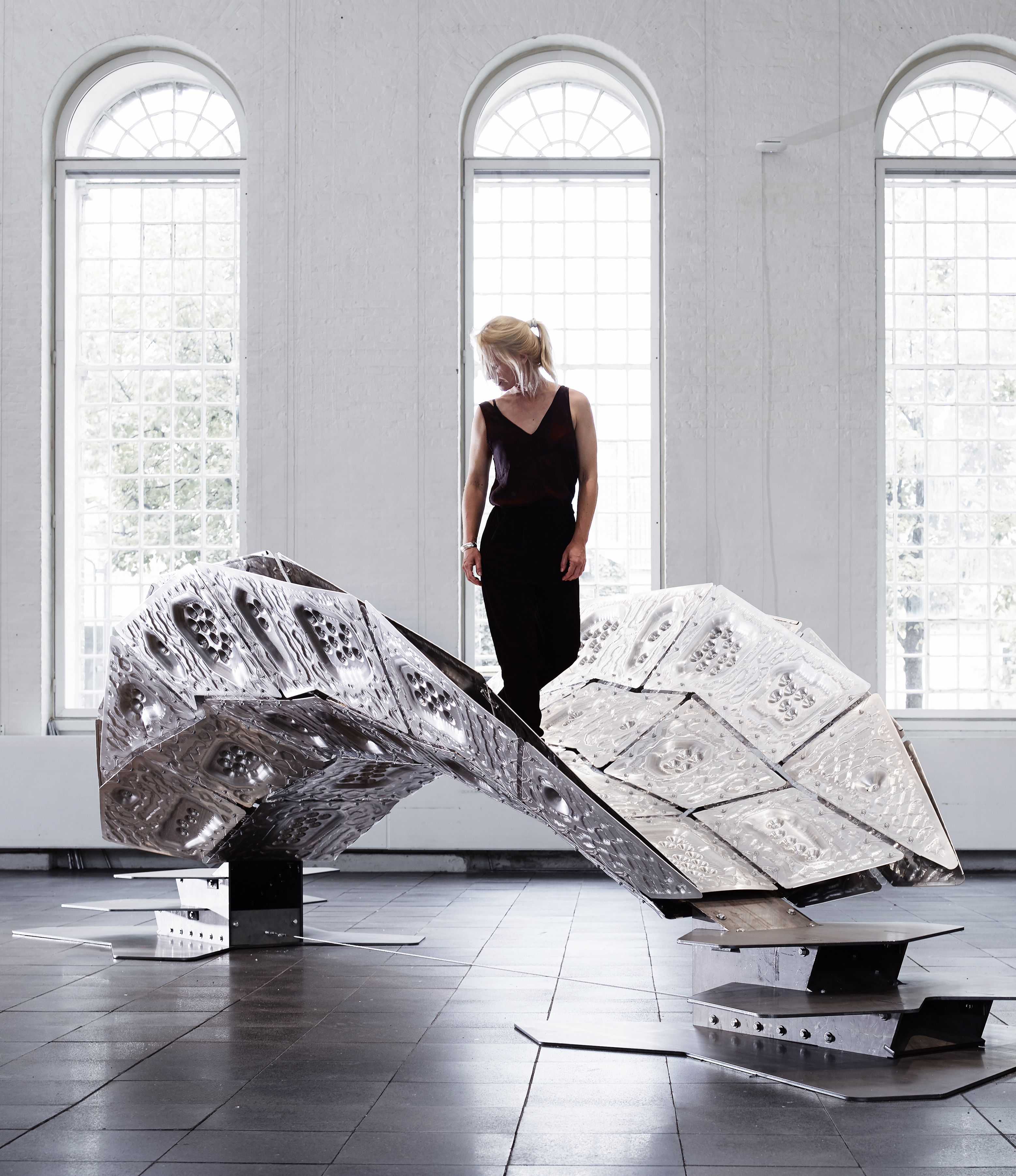
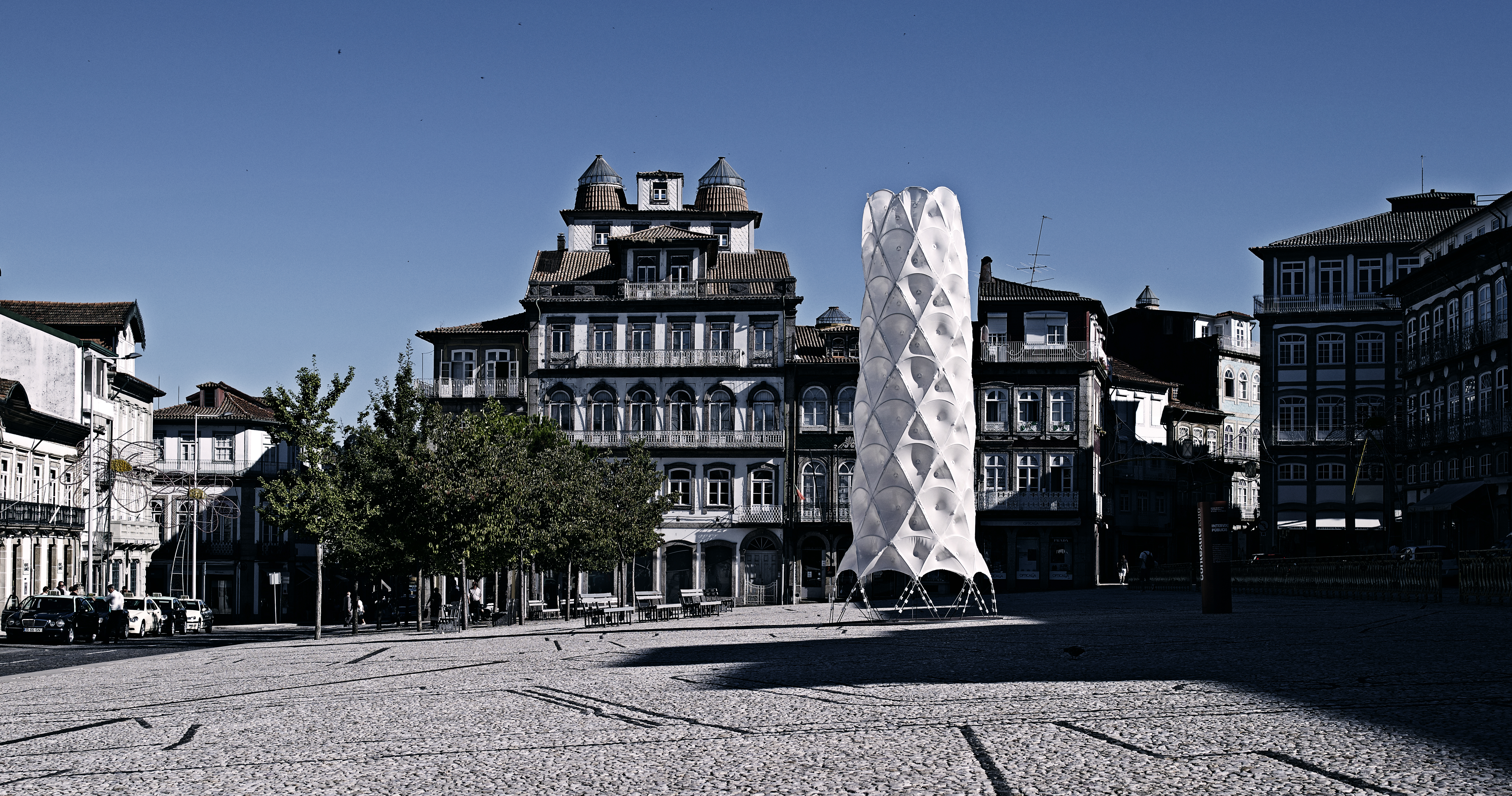
Lecture III – HUMAN BEHAVIOR AND COGNITION OF ARCHITECTURAL SPACE – Assessing Psychological Building Performance – 14 July 2017, 10:00-11:15 am, at 109

Christoph Hölscher
Christoph Hölscher is Full Professor of Cognitive Science in the D-GESS at ETH Zürich since 2013, with an emphasis on Applied Cognitive Science. Since 2016 Christoph is a Principal Investigator at the Singapore ETH Center (SEC) Future Cities Laboratory, heading a research group on ‘Cognition, Perception and Behaviour in Urban Environments’. He holds a PhD in Psychology from University of Freiburg, served as honorary senior research fellow at UCL, Bartlett School of Architecture, and is a visiting Professor at Northumbria University Newcastle. Christoph has several years of industry experience in Human-Computer Interaction and usability consulting. The core mission of his research groups in Zurich and Singapore is to unravel the complex interaction of humans and their physical, technical and social environment with an emphasis on cognitive processes and task-oriented behavior.
abstract
Advances in digital media and computation have spurred renewed interest in modeling, anticipating and predicting the human experience of architectural spaces. Physical modeling of building parameters such as carbon footprint, thermal comfort, shadow-casting or green features has been clearly established in tools for performance prediction and generative algorithms of form-finding and design optimization. But how does one capture the ‘soft’ factors of human behavior and human appreciation of a building design? How can psychological parameters be included as part of evidence-based design? This talk will provide on overview of how our spatial cognition research group tackles this with an emphasis on human movement pattern in complex, publically accessible environments. We combine real world behavior observation with Virtual Reality simulation of building design options. This goes beyond traditional post-occupancy evaluation by providing pre-occupancy assessments opportunities. To capture the richness of human perception and environmental appreciation we engage volunteer participants in a series of interaction tasks in a real or virtual, measuring their reactions with behavior and path tracing, eye-tracking and physiological measures of stress and arousal. This helps us identify points of misfit between the architects intentions and the present – or future – patrons reaction to the building design. CAAD tools provide the basis for immersive Virtual Reality experiments to compare design alternatives, as well as for Agent-based simulations of patron behavior, both for individual wayfinding analysis and development of cognitively enriched crowd movement simulations.
